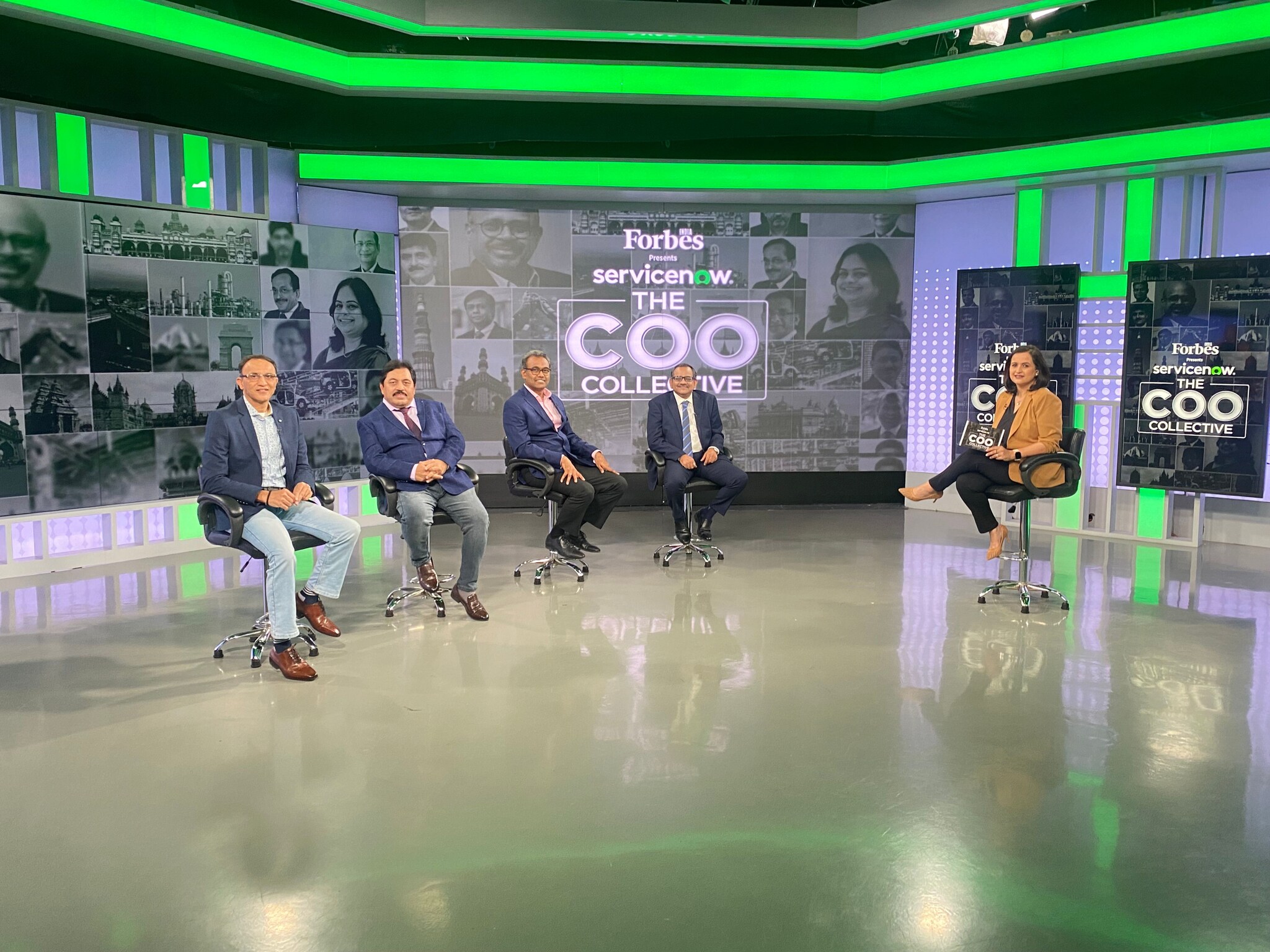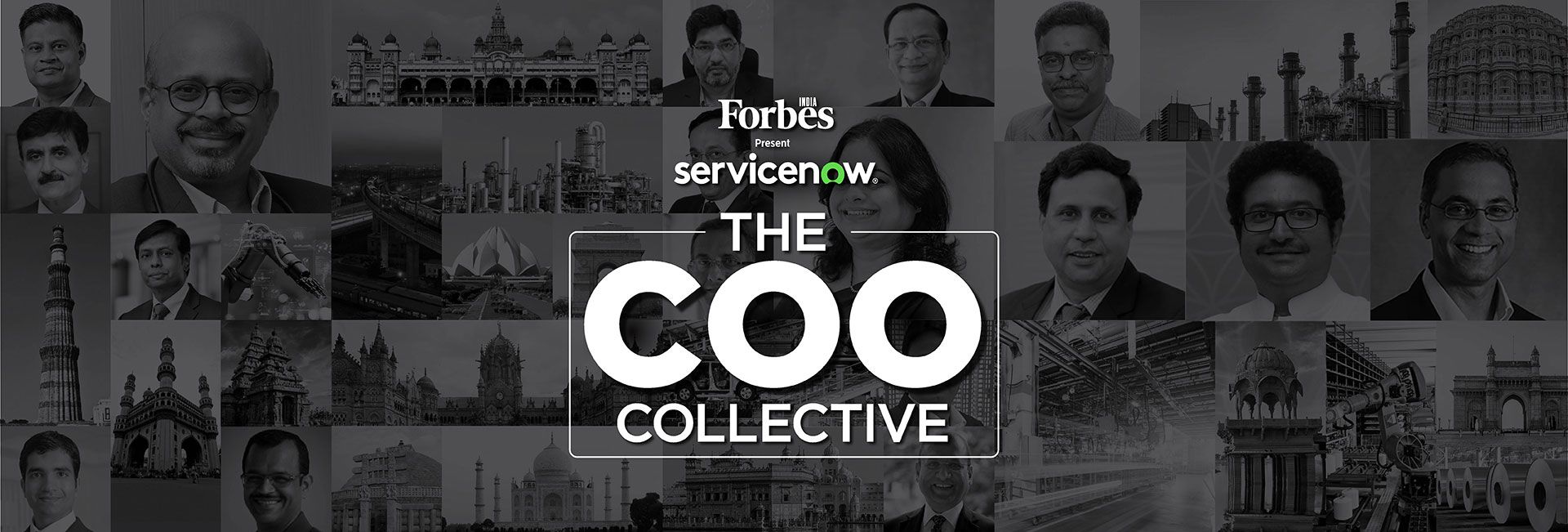
Balancing people, processes and technology for optimal organizational outcomes
20 February, 2023Leveraging a‘people – process– technology’ frameworkto gain business benefits is not a new approach. Since the early 1960s, enterprises have been using this formula to improve the operational efficiency of employees and tools.
However, it has gained immense relevance in today’s era of technology transformations. Most corporationshave been using information technology to manage this framework more effectively. It has helpedthem to map their entire value streams of people, processes and technology, and given business leaders full control and visibility of their operations. As a result, they have been able to optimize operations and deliver on corporate goals faster and more efficiently.
To explore how the ‘people-processes-technology’ framework can be adopted to harmonize these three crucial resources,towards enhancing the overall operational productivity of an organization, ServiceNow in partnership with Forbes India hosted a Round Table discussion in Mumbai, themed ‘Enhance Productivity By Harmonizing People, Processes & Technology’.
Moderated by MugdhaKalra, the panellists included Sambit Roy,COO, Brink's Inc.; NSrinivasan, Sr. Executive VP, HDFC Bank; Rahul Yenurkar, President & COO Steel Business Welspun Group and VenugopalArcot, Sr. Director, Solution Consulting,ServiceNow.
The event began with the participants sharing their experiences of how the people, process, and technology framework has evolved over the years in each of their organizations. They also described the impact that it had on overall productivity of the enterprise.
Pitching inhis view, VenugopalArcot emphasised the need for a delicate balance between these three facets of a business to achieve optimal results. He talked about how people and processes are being urged to adapt to the new tools in this fast-changing world, where technology upgrades take place very rapidly. This, in turn, makes the optimal mix of people, processes and technology rather fluid. Accordingly, corporates have to monitor the balance between these three critical components.
Within the current dynamic environment that corporations find themselves in, the need to evolve on-the-go cannot be undermined. We live in a world where technology, people and market conditions keep changing, in addition to many other internal as well external influences. This, in turn, results in certain processes becoming less useful over time. In that context, N Srinivasan remarked on the frequency with which processes should be monitored and tweaked so that these could keep delivering high value to the business.
At the same time, identifying key employees, with the right skills, experience, and attitude for their jobsbecomes a critical aspect of the mix.Rahul Yenurkarhighlighted how his orgaiation addresses the domain of recruitment and retention of people talent to ensure a good fit.He also highlighted the importance of measuring the success of every process.This is a good business management practice, since without reliable measurement metrics, improvement is not possible.
N Srinivasan elaborated on how HDFC Bankhas steered away from the trap of concentrating too heavily on technology and processes,by involving people in the mix and defining clear roles and responsibilities for them.
Another importantaspect for businesses, which is sometimes overlooked, is getting a full buy-in from their people. Without this, adoption of technology could be slow or processes could become sub-optimal. Sambit Roy described how Brink's Inc.empowersits workforce through proper training.
Essentially, the panellists agreed that organizations must begin their strategy building experciseby identifying and focussing on the key processes and streamline them to ensure that the entire operations of the company function cohesively.
Before the discussion concluded, ServiceNow’sVenugopalArcot left the other participants with some advice about how organizations could go about selecting the right technology that fits seamlessly into its culture and operations,without getting tempted to adopt technology for its own sake.

